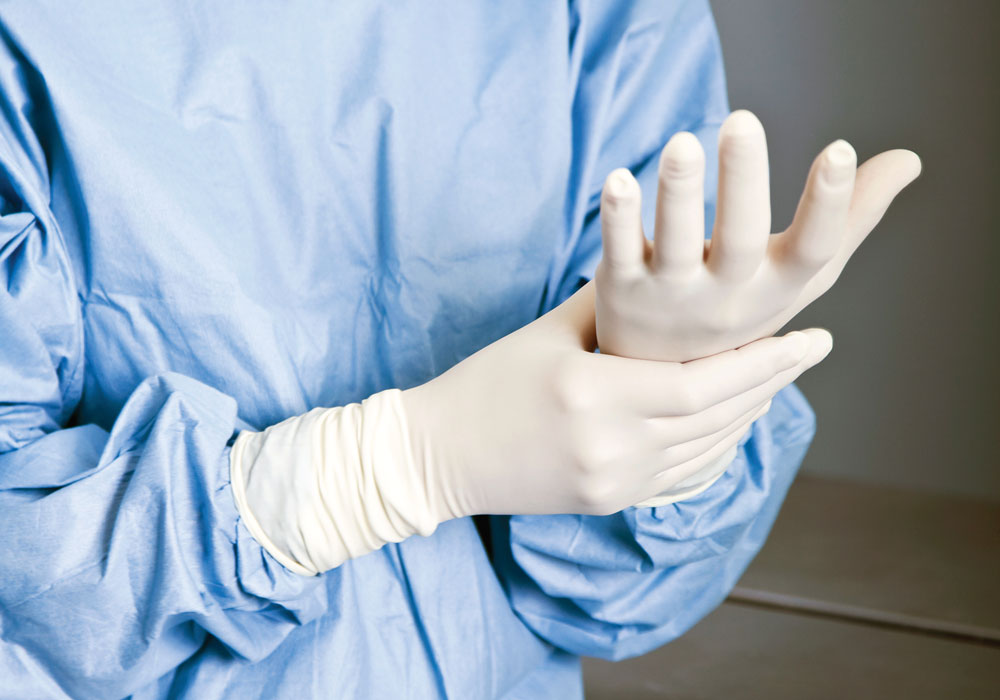“Frontline healthcare workers have a nearly 12-times higher risk of testing positive for COVID-19 compared with individuals in the general community,” according to the results of a 2020 study. Although U.S. vaccination rates continue to increase and infection rates continue to decrease, national government entities such as the U.S. Department of Labor’s Occupational Safety and Health Administration (OSHA) are releasing new guidelines to help protect those who are putting themselves at risk for transmission so they can care for others.
“Frontline healthcare workers have a nearly 12-times higher risk of testing positive for COVID-19 compared with individuals in the general community,” according to the results of a 2020 study. Although U.S. vaccination rates continue to increase and infection rates continue to decrease, national government entities such as the U.S. Department of Labor’s Occupational Safety and Health Administration (OSHA) are releasing new guidelines to help protect those who are putting themselves at risk for transmission so they can care for others.
In June 2021, OSHA issued an emergency temporary standard (ETS) protecting healthcare workers on the front line from COVID-19, effective immediately. The ETS provided additional and stronger safety guidelines for nurses and others who are most susceptible to contagion during the pandemic.
"Too many of our frontline healthcare workers continue to be at high risk of contracting the coronavirus," U.S. Secretary of Labor Marty Walsh said. "[This standard will provide] protections for those whose health is at heightened risk from coronavirus while they provide us with critical healthcare services.”
The updated guidelines were developed in conjunction with the Centers for Disease Control and Prevention’s (CDC) new general industry guidance to protect employees at facilities and institutions that have patients with greater likelihood of infection, such as skilled nursing homes and home health care. The ETS requires:
- Nonexempt facilities to conduct a hazard assessment and have a written plan to mitigate virus spread
- Healthcare employers to provide some employees with N95 respirators or other personal protective equipment (PPE)
- Covered employers to ensure six feet of distance between workers, with erected barriers between employees in situations where that distance is not possible
- Covered employers to provide workers with paid time off to get vaccinated against COVID-19 and to recover from any vaccine-related side effects
ONS advocates for the safety and well-being of nurses across the nation during the pandemic and provides resources for nurses about healthcare worker protections against COVID-19. Access the ONS Recommendations for Oncology Staff Assignments During the COVID-19 Pandemic and ONS Interim Guidelines During the COVID-19 Pandemic to learn how ONS is educating and raising awareness on nurse safety during the pandemic.






